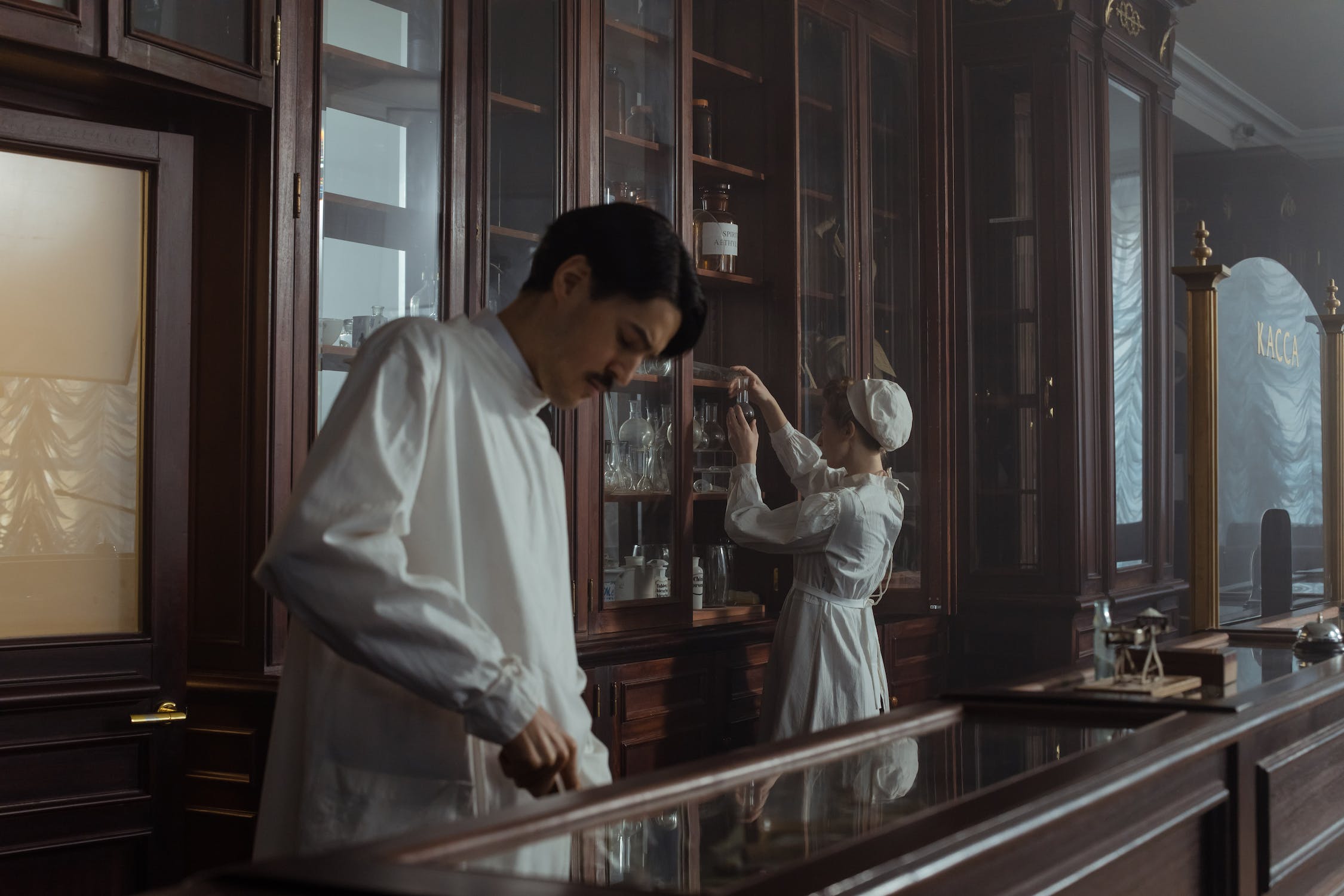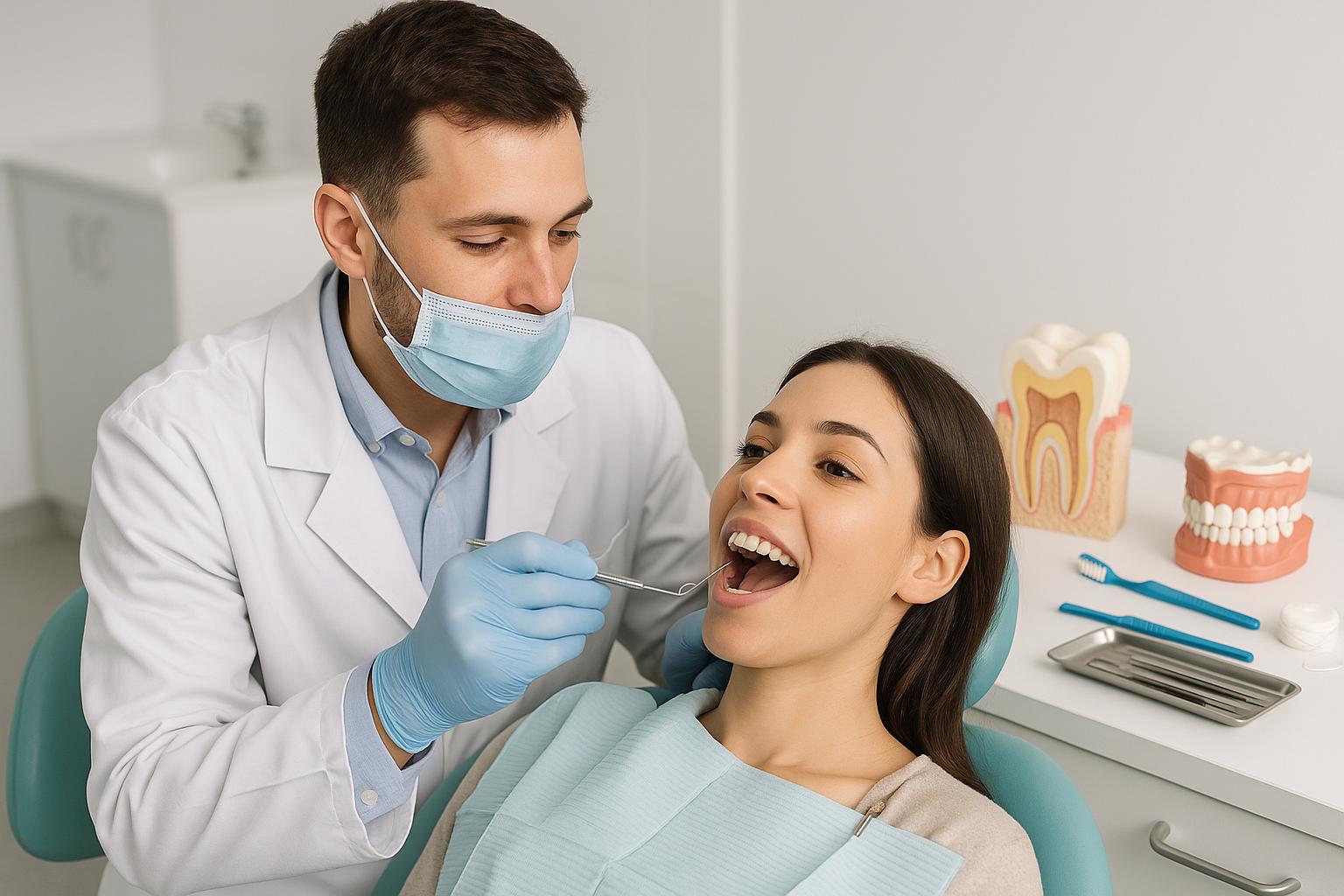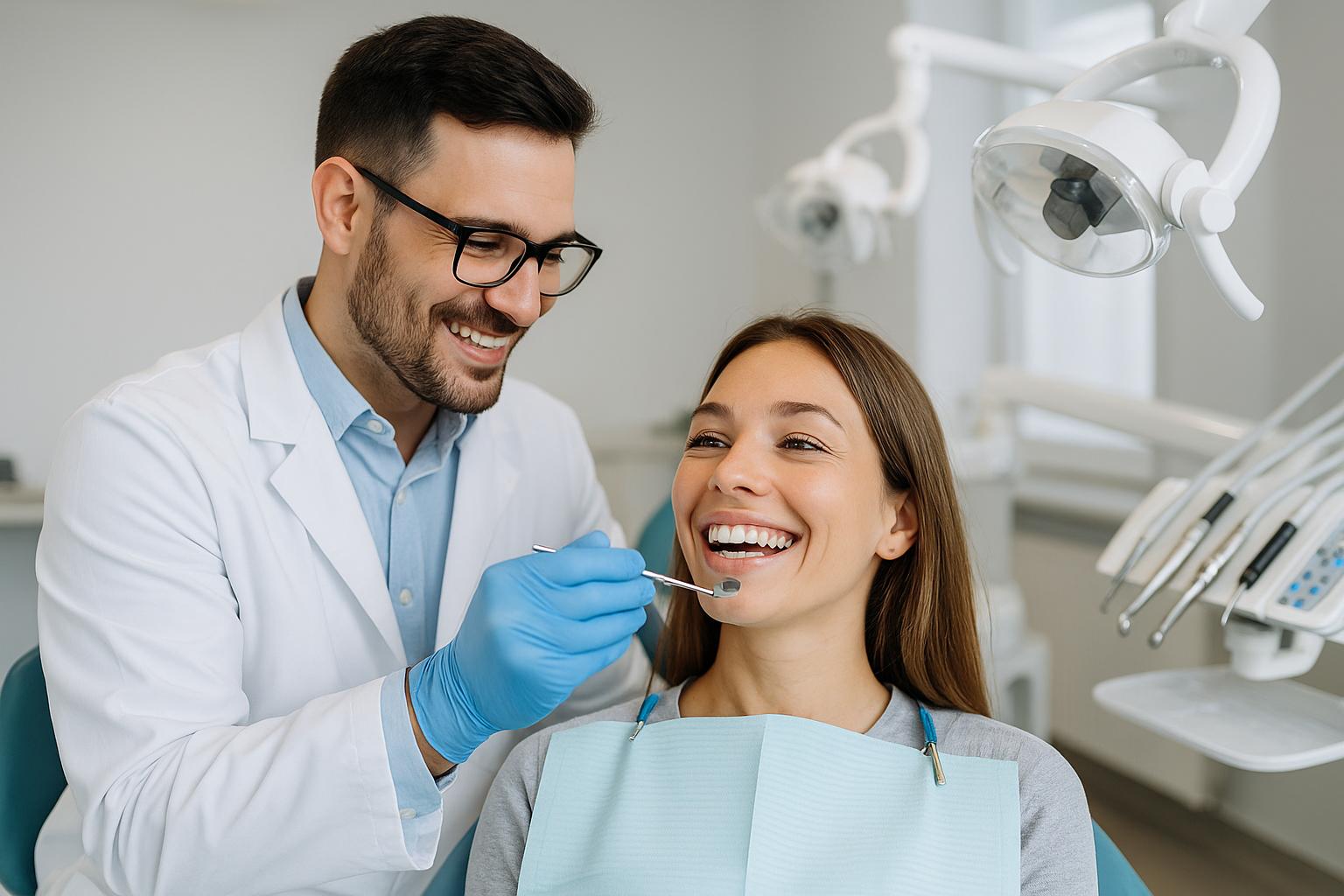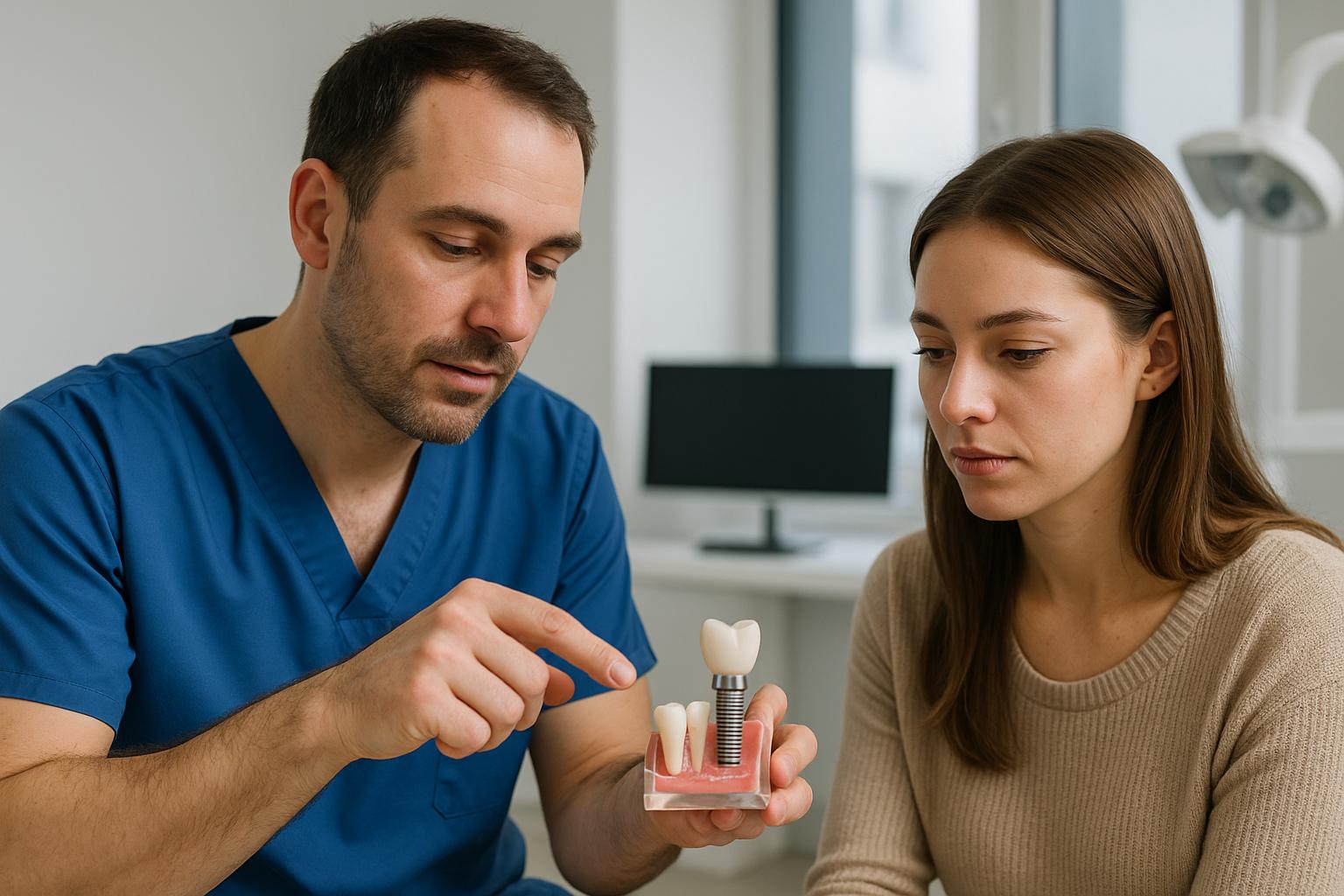The Fascinating History Of Dentistry
Published
26 April 2023 | 5 min read
Published
26 April 2023 | 5 min readArticle Summary
Have you always wondered when the history of dentistry began, and how it has evolved to what we know today? Before the luxury of Beyond Dental, dentistry was much different and it is the oldest medical profession, meaning that it wasn’t always 5D scans and custom dental tools. Luckily, it has advanced into what we know it to be today!
Humans have been performing forms of dentistry for thousands of years. A lot of historical and archaeological evidence has been uncovered, allowing us to map out the long and fascinating history of dentistry. Come with us, and find out about the history of dentistry and how it has evolved over time.
The Origins Of Dentistry
The history of dentistry begins in 7000 BC. Archaeologists found drilled molars in the Indus River Valley, which can be traced back to the Indus River civilization. However, the first written records of dentistry can be traced to 5000 BC. From this evidence, we can see that humans have been concerned about their oral care for thousands of years, proven in the long history of dentistry.
The first dentist ever recorded was called Hesy-Re, who was practising in Egypt in 2,600 BC. His tomb reads that he was a high-ranking official doctor who primarily dealt with teeth. He is the first dental practitioner ever recorded in the history of dentistry.
The Greeks and Romans were also concerned with oral care. In around 500 BC, Hipocrates and Aristotle wrote about tooth decay and how to perform dental practices. Celsus, a Roman writer, wrote about managing tooth pain in around 100 BC. Here we can see the history of dentistry evolving as societies became more interested in oral care. The history of dentistry has its origins in these early roots.
The Beginnings Of The Profession
The way that modern dentistry is performed can be mapped through early developments in dentistry. The history of dentistry can reveal how we got to the practices today. In 7th Century China, there is evidence that they used ‘silver paste’ as fillings. This is similar to some modern dental practices.
In Medieval Europe, dentistry was performed by barbers. Barbers were like surgeons, and could be divided into two groups – surgeons, who were educated in how to perform complex surgical operations, and lay-barbers, who performed more routine procedures such as tooth extraction and shaving.
By the 1500s, society became more concerned with improving dentistry. In 1530, ‘The Little Medicinal Book for All Kinds of Diseases and Infirmities of the Teeth’ was printed in Germany. This is the first book offering dental advice in the long history of dentistry. It covered practical topics such as hygiene, extractions, fillings and drilling teeth.
The Father Of Modern Dentistry
The most important figure in the history of dentistry is Pierre Fauchard. Operating in the early 1700s, he published a book about dental care, including subjects such as denture construction and basic oral anatomy. He was the first to identify the fact that sugar caused tooth decay. The 1700s marked a period of rapidly growing medicinal knowledge and technological revolutions. During this period, Pierre Fauchard became the father of modern dentistry due to his publications and work.
In 1746, the dentist Claude Mouton theorised about how to perform a root canal. He even suggested white enamelling to make the filling look more natural, which is something we do today. We can see how the history of dentistry has influenced modern dental practices.
During the 1800s, the first dental practices were established all over the world, which is a huge part of the history of dentistry. In 1839, the London Institution for Diseases of the Teeth was established. Four years later, the first British Dental Journal was published. The first British dental school was founded in 1860 – The Royal Dental Hospital of London. By the end of the century, the first female dentist, Lilian Lindsey, would qualify in the UK. These events demonstrate how the history of dentistry was evolving into what we know today.
Innovation
The 20th Century was very significant to the history of dentistry. There were many advancements made when it comes to dental technology and how dentistry is performed. For example, machinery and materials were invented that are very similar to today, such as specialist dentist resins, like those we use in our composite bonding!
Dentistry also diversified in the 20th Century. For example, the first dental hygienists were trained by the Women’s RAF during World War 2. This period demonstrates just how dentist practices had evolved in the entire history of dentistry.
Oral care evolved massively. For example, nylon toothbrushes and fluoride toothpaste were invented, which transformed how ordinary people kept their teeth clean. This is one of the best developments in the history of dentistry, as it meant that people could perform better oral hygiene, which is fundamental to your health.
The history of dentistry is a long and fascinating one. The archaeological and historical evidence shows just how important oral care was to early humans, and how far the history of dentistry has evolved throughout time.



